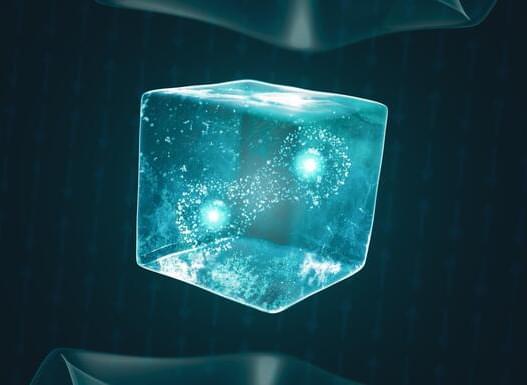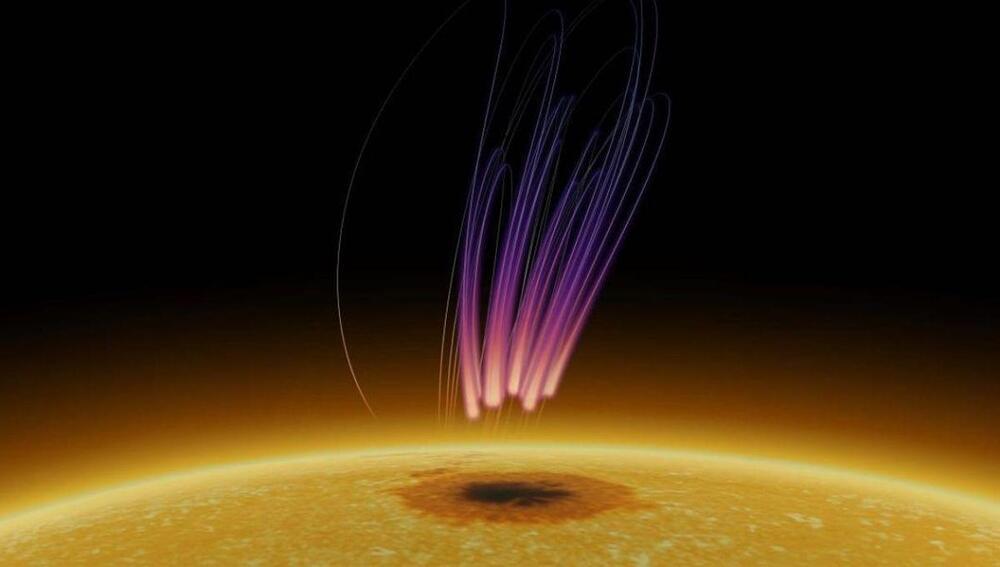PETROPAVOVSK-KAMCHATSKY, Russia (AP) — One of Russia’s most active volcanoes has erupted, spewing plumes of ash 5 kilometers (3 miles) into the sky over the far eastern Kamchatka Peninsula and briefly triggering a “code red” warning for aircraft.
The Shiveluch volcano began sputtering shortly after a powerful 7.0 magnitude earthquake struck off Kamchatka’s east coast early Sunday, according to volcanologists from the Russian Academy of Sciences. They warned that another, even more potent earthquake may be on the way.
The academy’s Institute of Volcanology and Seismology released a video showing the ash cloud over Shiveluch. It stretched over 490 kilometers (304 miles) east and southeast of the volcano.









